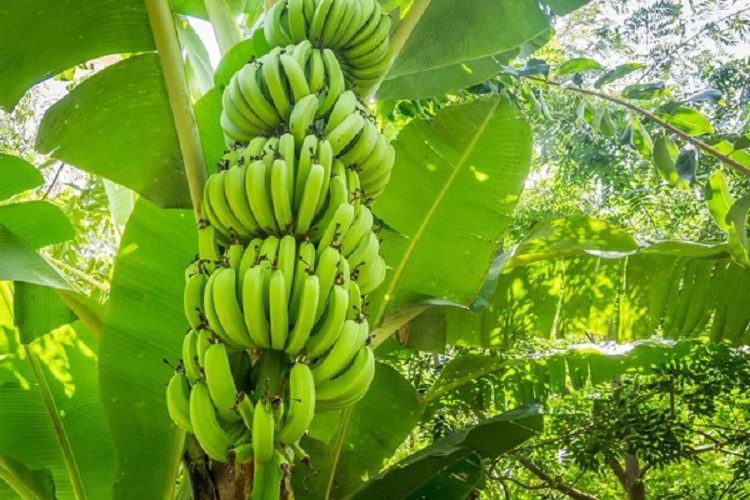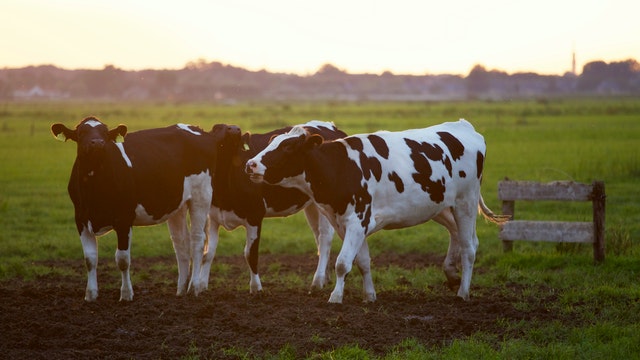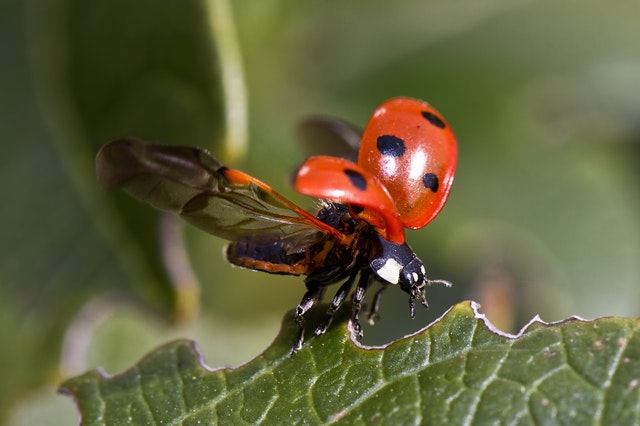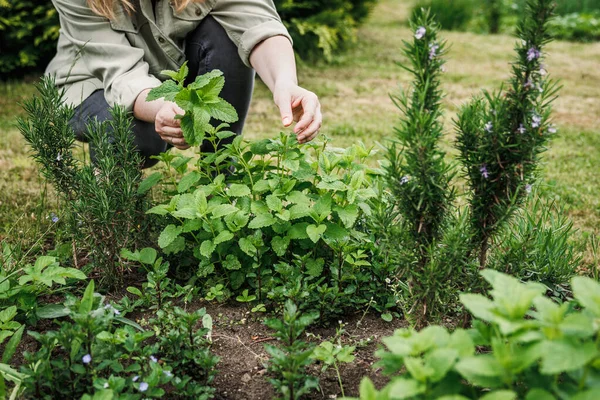Do you wish to grow the best banana variety in Kenya? This post will give you the latest banana varieties list available in Kenya. We will compare their yields, shelf life and disease tolerance among other features to help in your variety selection.
Did you know bananas is an important staple fruit in Kenya and Uganda. It is one of the fruits with the highest demand in the local markets. It is a key food and cash crop for farmers across all counties. Bananas are also relatively easy to grow and are adaptable to different soil types and climate. As a result, they are an ideal cash crop for you no matter your county in Kenya.
But which banana variety should you grow? In this guide, we will explore the best banana varieties to grow in Kenya and the top factors to consider when choosing them. The post also concludes with a map of the best areas to grow banana in Kenya.
Factors to Consider When choosing Banana varieties
In your banana type selection for your farm, we propose that you consider the following factors. They are ecological factors, water requirements and pest and disease tolerance as explained below.
- Climate and Soil Type: Choose a banana variety that gives optimal yields given your area’s climate and soil types. The ideal soil for growing bananas is loamy soil with good drainage.
- Watering: Bananas require a regular water supply. If you are not in a rainy region, ensure that you have access to adequate water to prevent the bananas from being stunted or deformed.
- Pest and Disease tolerance: Go for a banana variety that has tolerance to common pests and diseases, such as banana weevils, nematodes, and black sigatoka. This will reduce your cost of production in buying expensive pesticides and fungicides.
- Harvesting: As a commercial farmer, growing fast maturing bananas will give you higher income from
- Shelf Life; Grow plants that make sure that your fruits are transported to the market in good condition to reduce post-harvest food losses.
Banana types in Uganda
Uganda is one of the top producers and consumers of bananas globally. It ranks third in banana production (10 Million Tons/Year) following China and India. Almost all the bananas produced in Uganda are consumed locally. Today, Uganda has a per capita banana consumption of 450 Kg/person/Year.
As Kenya’s immediate neighbor with a more developed banana value chain, we will give you their classification of their banana varieties. They are cooking, juice, roasting and dessert.
| Category | Details | Varieties |
|---|---|---|
| Cooking Bananas | All the varieties (AAA genome) that are cooked in the unripe form, locally known as ‘matooke’. There are about 84 varieties in this group of bananas grown in Uganda | Matooke Kivuvu/Kidhozi a Bluggoe (ABB) starchy variety cooked when ripe |
| Juice or beer bananas | Matoke banana varieties whose fruits have an astringency taste and are used for juice extraction from ripened fruits | Mbidde, Pisang awak “(Kayinja or Musa) |
| Roasting Bananas | The ripened fruit of these bananas are entirely eaten when roasted. But the fruits can be cooked or diced and fried into crisps. | Gonja |
| Dessert Banans | The fruits of the varieties under this group are eaten fresh when ripened | Bogoya’, Cavendish, Sukalindizi and FHIA 17. |
Which are the best Banana Varieties in Kenya
There are several banana varieties suitable for farmers in Kenya. Each has its own unique characteristics and benefits. They include the Grand Naine, Uganda Green and the FHIA-17. Others are the Williams Hybrid and Robusta varieties, both known for their high yield and excellent disease resistance. The Giant Cavendish variety is a larger version of the popular Cavendish banana, while the Lady Finger banana is a small, sweet variety with high yield and excellent disease resistance.
Grand Naine
The Grand Naine variety is the most popular banana variety in Kenya. Its benefits are that it has a high yield and disease resistance variety. It is a Cavendish banana variety, which is a popular commercial banana variety worldwide. The Grand Naine banana plant is also known for its fast growth rate, which means that farmers can expect a high yield within a relatively short period. The Grand Naine variety is suitable for both large-scale and small-scale farming, making it an ideal choice for farmers in Kenya.
The Grand Naine has medium to long fingers. It has well-spaced fingers, uniformly yellow when ripe enhancing fruit quality. It has a long shelf life (7 days). Its firm after ripening, good taste hence high market demand.
- Type: Dessert
- Maturity; 18-22 months (about 2 years)
- Altitude of 0 – 1800 m above sea level
- Rainfall range; 1000 – 2000 mm
- Shelf life; 7 days
- Bunch size; 30kg
- Yields; 13 tons/acre
Valery
the Valery banana variety is another popular option for farmers in Kenya. This variety is known for its sweet taste and high yield, making it a favorite among consumers and farmers alike. Valery bananas are also resistant to diseases such as Panama disease and black sigatoka, which can significantly impact crop yield and quality. The plant has a high tolerance for water stress, making it suitable for cultivation in regions with limited water availability. Additionally, the Valery variety is known for its consistent quality and shelf life, making it an excellent choice for export markets. Its fingers are green and yellow when it ripens, big bunch and are sweet with a good flavour .
- Type: Dessert
- Maturity; 18-22 months (about 2 years)
- Altitude of 0 – 1800 m above sea level
- Rainfall range; 1000 – 2000 mm
- Shelf life; 7 days
- Bunch size; 30kg
- Yields; 13 tons/acre
FHIA-17
The FHIA-17 banana variety is a hybrid banana variety in Kenya, It is resistant to black sigatoka, fusarium wilt disease and nematodes. It is a popular choice for farmers who want a disease-resistant banana variety that is suitable for small-scale farming. The FHIA-17 banana plant is also known for its high yield and fast growth rate, making it an ideal choice for farmers who want a quick return on investment. The FHIA 17 has medium to long fingers, has a long shelf life, firm after ripening, and good taste, hence high market demand.
- Type: Dessert & Plantain type
- Maturity; 18-24 months (about 2 years)
- Altitude of 0 – 1800 m above sea level
- Rainfall range; 1000 – 2000 mm
- Shelf life; 7 days
- Bunch size; 60kg
- Yields; 18-24 tons/acre
Uganda Green
The Uganda Green banana variety is another popular banana variety in Kenya. Commonly known as East African Highland Bananas ot matooke. It’s known for its high yield and disease resistance to Panama, Cigar and end rot. It is a plantain banana variety that is widely grown in East Africa, especially in Uganda and Tanzania. It is an ideal banana choice for farmers who want to grow alow-maintenance banana variety.
The banana fruits of the Uganda Green banana is the most ideal for cooking Matoke, a popular local dish in East Africa. It is harvested green, carefully peeled and then cooked. You can mash or pound it into a meal of Matoke a staple food in Uganda.
- Type: plantain/cooking type
- Maturity; early
- Altitude; 1200–1800 masl.
- Rainfall range; 1500 – 2500 mm
- Yields; 12 tons/acre
Mukono Tembo
Mukono Tembo is a plantain banana variety normally roasted. It’s an early maturing type that matures in 18 to 24 months (about 2 years). It does well at an altitude of 0 – 1800 m above sea level and rainfall range 1000 – 2000 mm. It has many hands with up to 119 fingers with a length of 25c m. Under good management the Mukono Tembo get a bunch of 25 kg. These lengthy big fleshy fingers are preferred in the market hence high profits. The plantain can attain up to 10 tons/acre
- Type: Roasting & Plantain type
- Maturity; 18-24 months (about 2 years)
- Altitude of 0 – 1800 m above sea level
- Shelf life; 7 days
- Bunch size; 25kg
- Yields; 10 tons/acre
Williams & Chinse Cavendish Hybrid Variety
The Williams Hybrid banana variety is a cross between the Cavendish and Gros Michel banana varieties. It is known for its excellent taste and high yield, making it a popular choice for commercial banana. The Williams Hybrid banana plant is also known for its high resistance to pests and diseases, making it an ideal choice for farmers who want a low-maintenance banana variety.
Its fingers are medium to long. It has a long shelf life and its firm after ripening, has a good taste and hence high market demand. Besides, the variety is also relatively drought tolerant and can produce under unreliable rainfall.
- Type: Roasting & Plantain type
- Maturity; 18-24 months (about 2 years)
- Altitude of 0 – 1800 m above sea level
- Rainfall; 100-2000mm
- Shelf life; 7 days
- Bunch size; 30 kg
- Yields; 13 tons/acre
Giant Cavendish
The Giant Cavendish banana variety is a larger version of the popular Cavendish banana variety. It is known for its high yield and excellent disease resistance to panama wilt disease. It’s a drought tolerant variety. The variety is ideal choice for commercial farmers who want a profitable banana variety. The Giant Cavendish banana plant is also known for its fast growth rate, which means that farmers can expect a high yield within a relatively short period.
It has medium to long fingers which has a sweet flavor. It is suitable for growth in highlands and responds well to irrigation.
- Type: Dessert
- Maturity; 18-24 months (about 2 years)
- Altitude of 0 – 1800 m above sea level
- Rainfall range; 1000 – 2000 mm
- Shelf life; 7 days
- Bunch size; 30kg
- Yields; 13 tons/acre
Conclusion
There are several banana varieties that are suitable for farmers in Kenya. The choice of variety depends on several factors, including climate, soil type, and farming objectives. Farmers should also consider factors such as pest and disease control, watering, and harvesting when growing bananas. By choosing the right variety and taking appropriate measures to ensure the health and productivity of the plants, farmers can grow profitable crops and contribute to Kenya’s food security.
Did you Like the Post? Let us know below
Agcenture.com is your best agriculture, food & health blog.
Thank you for following us on Facebook, Twitter (X), LinkedIn, YouTube, and WhatsApp @ Agcenture for the latest updates.




Which type of fertilizer can I apply for better results at my banana farm ?